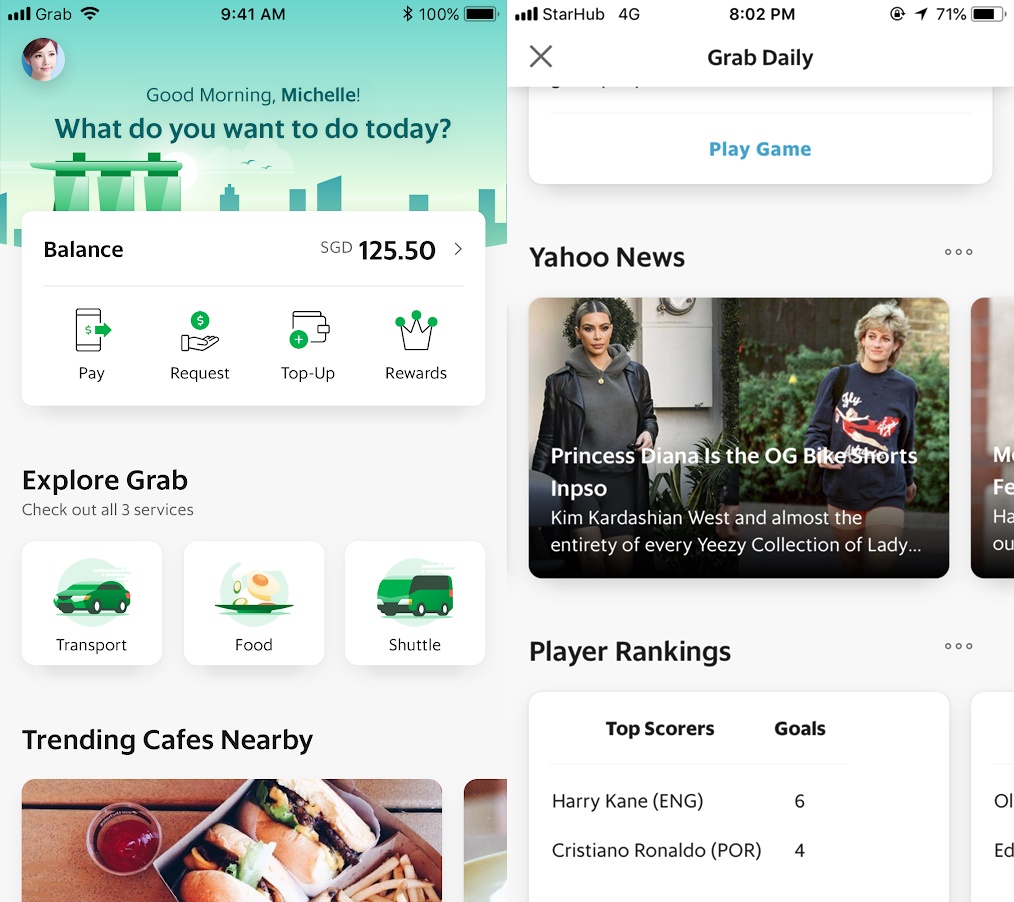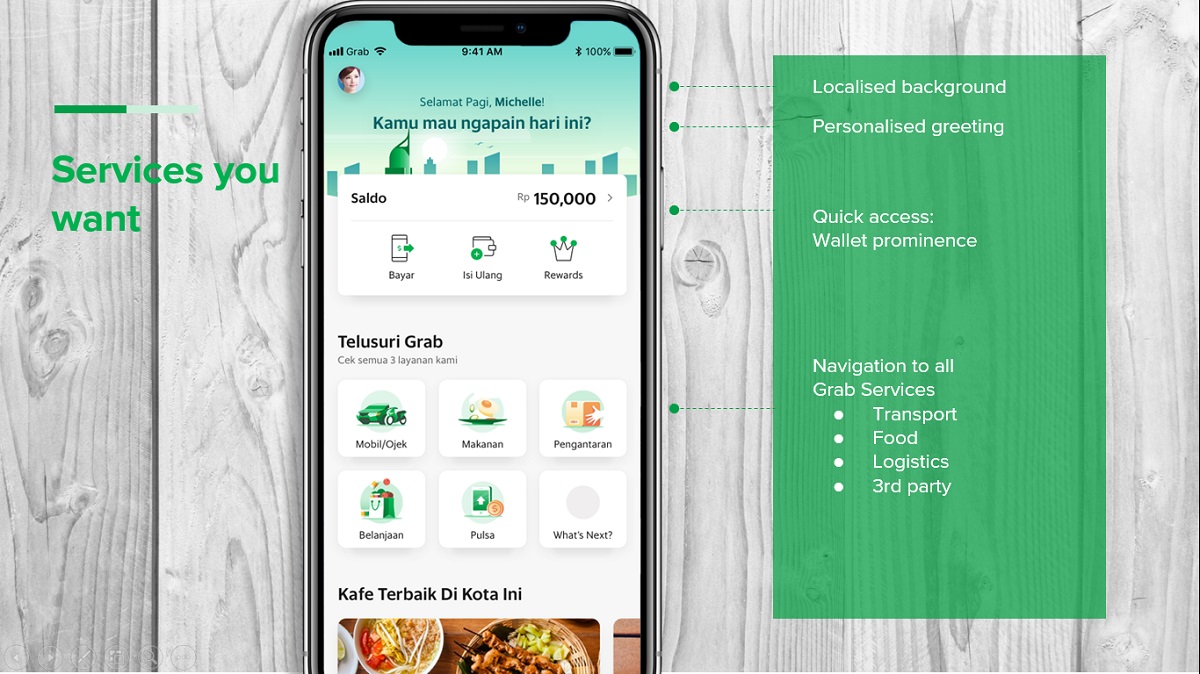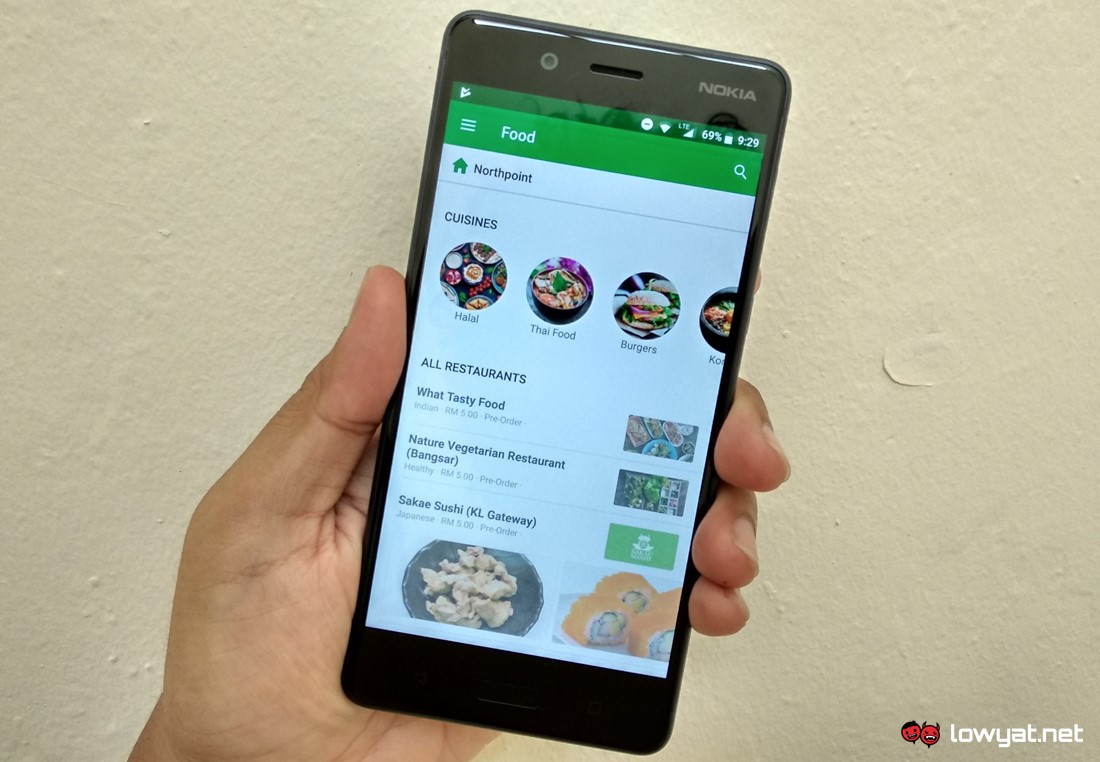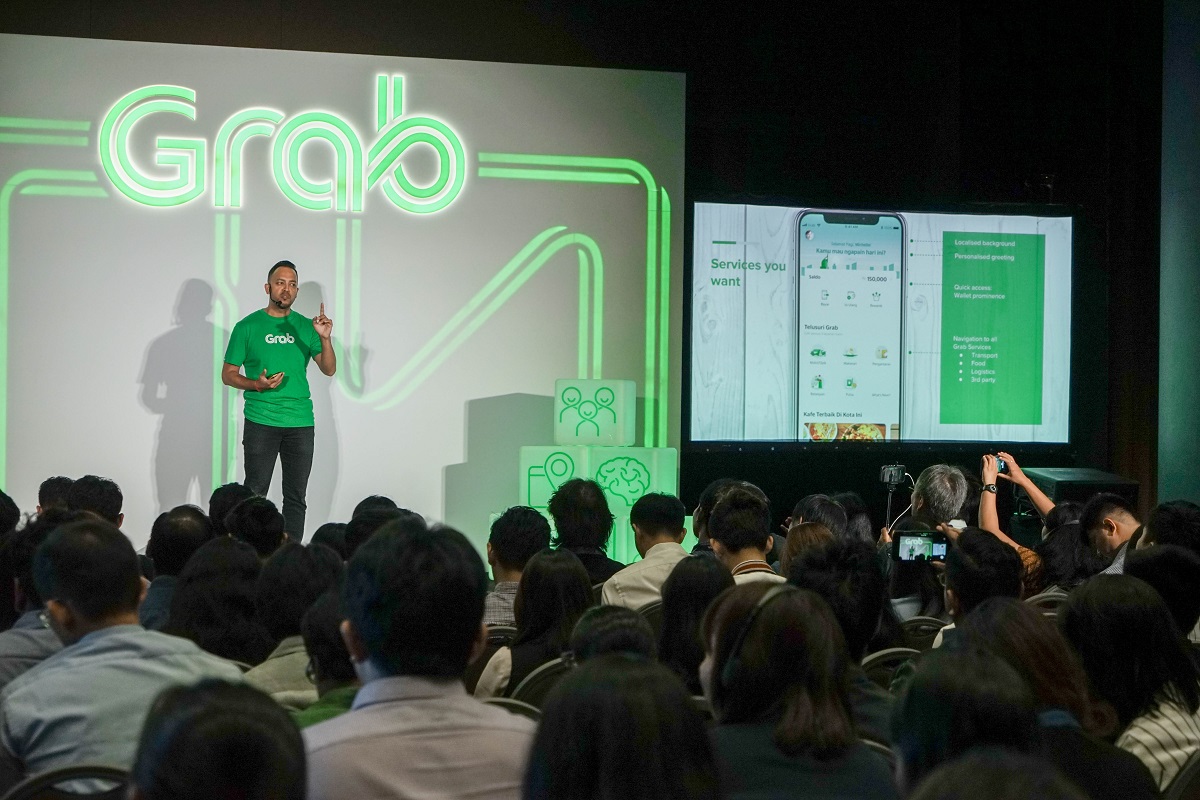Grab may be envisioning the Grab Daily tab as the centrepiece of its new superapp, but that was not always the case. It turns out that the widget based discovery service first began life as a sandbox for its internal Growth team to test new ideas; and later spun out into something much bigger.
Grab Daily represents a new venture for the company. Providing news alerts and information relevant to their interests. The ultimate goal is for it to be able to provide users with guides to interesting places near their current location, or near where they are going. All curated from Grab’s own metrics and user data.

“Grab has some of the richest customer insights in Southeast Asia. And we built this over time. We know what our customers like, we know where they visit, we’re able to predict where they’re likely to go. Every time you launch the app we make a prediction as to where you want to go.
We’re able to show you the restaurants around you. When you start using GrabFresh, we’re able to show you the grocery orders you’ve made in the past,” says Jerald Singh, Head of Product at Grab.
However, that’s not all it can do. The widget based structure of the feature is highly modular and separate from the rest of the Grab app structure; allowing internal developers to test ideas without having to interfere with regular development. Providing opportunities for additional functions in the future.

The goal was to provide a tool with which the Growth team could preserve the startup roots of the company. Rapidly experimenting with new ideas to grow the company. Yet, still being close enough to the main Grab app to observe how users respond to any changes. Curiously, Grab Daily itself was an experiment to see if a separate sandbox could be created.
An internal test of the potential of Grab Daily came in the form of a Widgethon. A hackathon based around the Grab Daily widgets. Some 80 teams formed within the company, ranging from the usual backend engineers to the marketing team. Grab’s widgets are designed through a form based interface; making it easier for non-programmers to get a hang of things and contribute.
This ease of operations also makes it easier for Grab to bring partners on board. For now, Singh doesn’t believe that the backend will be opened up to third party developers. Largely due to quality control reasons. As Grab wants to ensure strict control over what goes out over its platform. A reasonable policy considering that this is a very public facing portion of the service.
Experimentation makes up a large part of Grab’s current development plans. Although not all of them end up as wildly successful as Grab Daily. The team has also looked into both driver and passenger engagement. Trying to find a way to best prompt action from its userbase.

Simple things like allowing for customisable referral codes and sending thank you notes to drivers saw positive reactions. Despite this, the team is far from afraid of failure. Seeing it as simply another opportunity to learn more. If anything, it wants to fail fast and skip straight to learning the lesson.
Grab may have started out as a simple taxi-hailing app, but it is clear that the company has bigger aspirations. It isn’t holding back now that there is practically no competition left in Southeast Asia. With a platform for greater experimentation, who knows where else the company may end up.
Follow us on Instagram, Facebook, Twitter or Telegram for more updates and breaking news.



